The 20-hectare (50-acre) Boston Common (also known as the Common), a central public park in downtown Boston, is bounded by Tremont Street (139 Tremont St.), Park Street, Beacon Street, Charles Street, and Boylston Street. The Common is part of the Emerald Necklace of parks and parkways that extend from the Common south to Franklin Park in Jamaica Plain, Roxbury and Dorchester.
Check out “Freedom Trail“
The southern end of Boston’s Freedom Trail, a visitors’ center for all of Boston is located on the Tremont Street side of the park. This public park, forming the southern foot of Beacon Hill, is managed by the Boston Park Department and cared for by Friends of the Public Garden, a private advocacy group which also provides additional funding for maintenance and special events.
Here are some interesting trivia regarding this park:
- Dating from 1634, it is the oldest city park in the United States.
- With improvements dating back to 1728, a case could be made that Boston Common is, in fact, the world’s first public urban park, preceding the establishment of Derby Arboretum(1840), Peel Park, Salford (1846) and Birkenhead Park (1847), the earliest public urban parks in England which are often considered the first.
- The Central Burying Ground, on the Boylston Street side of Boston Common, contains the burial sites of the artist Gilbert Stuart, the composer William Billings and Samuel Sprague (a participant in the Boston Tea Party who fought in the Revolutionary War) and his son, Charles Sprague (one of America’s earliest poets).
Boston Common originally included the entire block northeast of where Park Street is now, bounded by Beacon Street and Tremont Street. In 1660, the Granary Burying Ground was established on this land as part of the Common but, in 1662, the land was separated from the Common. The southwest portion of the block, including the Granary and a house of correction, was taken for public buildings and the north portion of the block was used for housing.
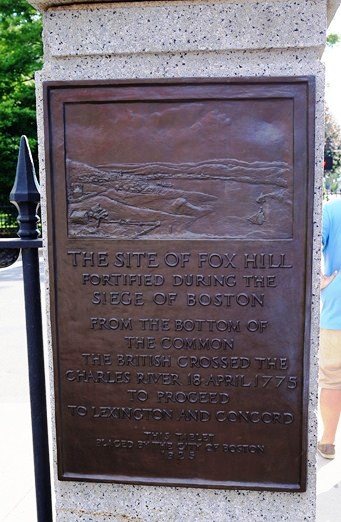
The Site of Fox Hill Plaque – erected in 1925 to the southern pillar of the Charles Street gate to mark the site of one of the most prominent features of the early Common.
Here is a historical timeline of the park:
- In 1634, the Puritan founders of the Massachusetts Bay Colony bought the land from William Blaxton (often given the modernized spelling “Blackstone”), the first European settler of Boston.
- During the 1630s, it was used by many families as a cow pasture.
- Before the American Revolutionary War, the Common was used as a camp by the British. From here they left for the Battle of Lexington and Concord.
- Up until 1817, it was used for public hangings(most of which were from a large oak which was replaced with a gallows in 1769).
- On June 1, 1660, for repeatedly defying a law that banned Quakers from the Colony, Quaker Mary Dyer (one of the four Quakers, known as the Boston martyrs, executed on the Common) was hanged there by the Puritans.
- On May 19, 1713, in reaction to a food shortage in the city, 200 citizens rioted on the Common, later attacking ships and warehouses of wealthy merchant Andrew Belcher, who was exporting grain to the Caribbean for higher profits. During the riot, the lieutenant governor was shot.
- Since 1728, Tremont Mall, the first recreational promenade (an imitation of James’s Park in London), had been in place.
- In 1804, the bordering Sentry Street was renamed Park Place (later to be called Park Street), acknowledging the reality of its becoming a park (renaming the Common as Washington Park was also proposed).
- In 1830, Mayor Harrison Gray Otis formally banned cows from grazing on it. True park status seems to have emerged during that time.
- By 1836, an ornamental iron fence fully enclosed the Common and its five perimeter malls or recreational promenades.
- In 1913 and 1986, prehistoric sites were discovered on the Common indicating Native American presence in the area as far back as 8,500 years ago
- In 1977, the Common was designated as a Boston Landmark by the Boston Landmarks Commission.
- On February 27, 1987, it was declared a U.S. National Historic Landmark.
- On August 27, 2007, two teenagers were shot on the Common (one of the bullets fired during the shooting struck the Massachusetts State House). A strict curfew has since been enforced, which has been protested by the homeless population of Boston.
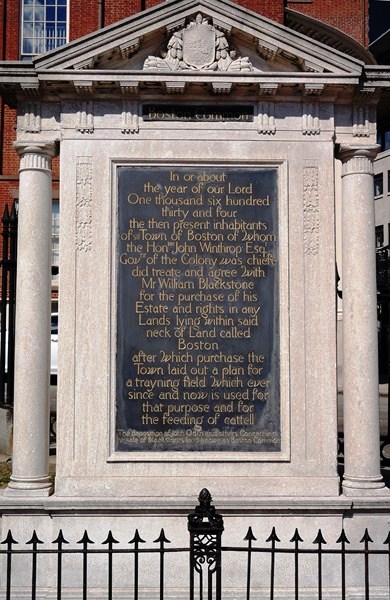
Blackstone Memorial Tablet, near the corner of Park Street and Tremont Street, was designed and erected in 1913 by R. Clipston Sturgis. It recalls the founding of Boston Common in 1634.
Today, the Common serves as a public park for all to use for formal or informal gatherings. Events such as concerts, protests, softball games, and ice skating (on Frog Pond) often take place in the park. Notable formal or informal gatherings that took place here include:
- In early 1965, a hundred people gathered on the Common to protest the Vietnam War.
- On April 23, 1965, Dr. Martin Luther King Jr. delivered a speech here to protest racial imbalance in schools and housing.
- On October 15, 1969, a second Vietnam War protest happened here, this time with 100,000 people protesting.
- On August 31, 1967, Judy Garland gave her largest concert ever (100,000+) on the Common.
- On October 1, 1979, Pope John Paul II said mass to an estimated 400,000 people.
- On May 31, 1990, on his way to Washington D.C. to sign agreements with U.S. President George H.W. Bush, Mikhail Gorbachev gave a speech in the Common.
- On October 21, 2006, 30,128 Jack-o’-lanterns were lit simultaneously around the park at the Life is good Pumpkin Festival, setting a new world record. The previous record, held by Keene, New Hampshire since 2003, was 28,952.
- On January 21, 2017, approximately 175,000 people marched from the Common to the Back Bay vicinity to profess resistance to the perceived anti-women viewpoints held by president Donald Trump.
- On August 19, 2017, in the wake of events in Charlottesville, VA the week before, approximately 40,000 people marched from Roxbury Crossing to Boston Common to protest hate speech and white supremacy. A right-wing “Free Speech” rally had been planned on Boston Common, which some feared would draw members of the KKK, Neo Nazis and other hate groups. Boston Mayor Marty Walsh deemed the “Fight Supremacy” counter protest a great success.
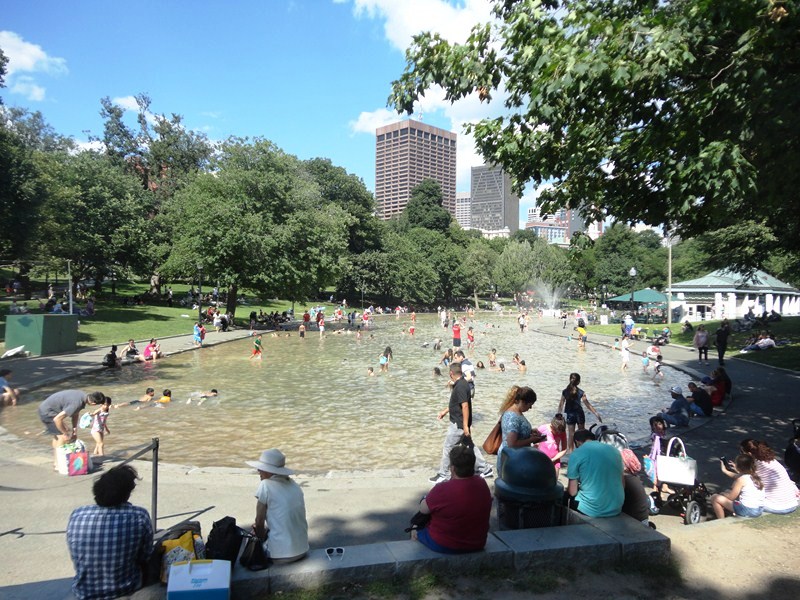
Boston Common Frog Pond, renowned for its winter skating program and skating activities, features public skating, skating lessons, and skating programs for students.
The Boston Common Frog Pond, sitting at the heart of Boston Common, is managed by The Skating Club of Boston in partnership with the City of Boston. It is home to a winter ice skating rink and learn-to-skate school, a reflecting pool in the spring and fall, and a summer spray pool and children’s carousel. At the southwest corner of the Common lie softball fields.
A grassy area, forming the western part of the park, is most commonly used for the park’s largest events. Under this part of the Common lies a parking garage. A granite slab there commemorates Pope John Paul II‘s October 1, 1979 visit to Boston.
The Robert Gould Shaw Memorial, a bronze relief sculpture unveiled on May 31, 1897 by Augustus Saint-Gaudens, stands at 24 Beacon cor. Park Street, the northeast corner of the Common, opposite the State House It depicts Col. Robert Gould Shaw leading the Afro-American 54th Massachusetts Volunteer Infantry as it marched down Beacon Street on May 28, 1863.
The 126-ft. high, Neo-Classical Soldiers and Sailors Monument, a victory column on Flag Staff Hill in the Common, was designed by Martin Milmore. Erected in memory of Massachusetts soldiers and sailors who died in the American Civil War, its construction began in 1874 and the monument was dedicated on September 17, 1877.
The Boston Massacre Memorial, dedicated November 14, 1888, was designed by Robert Kraus. The bas relief depicts the events before the Old State House on March 5, 1770, featuring Crispus Attucks, the first to fall. The bronze figure represents Revolution breaking the chains of tyranny.
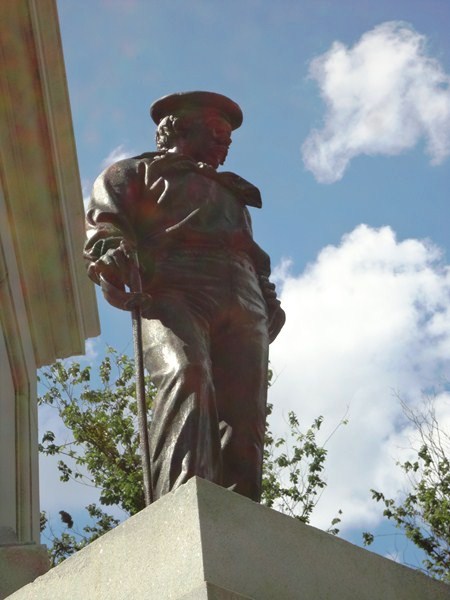
One of four 8 foot high carved granite figures, at the Soldiers and Sailors Monument, representing the northern, southern, eastern and western sections of the reunited nation
The Oneida Football Monument memorializes the Common as the site of the first organized football games in the United States, played by the Oneida Football Club in 1862. Plaque to the Great Elm tree celebrates the legacy and importance of the Great Elm Tree to the Boston Common. A major storm that included heavy winds toppled it on February 15, 1876.
The 6.7-m. (22-ft.) tall, 6,800-kg. (15,000-pound) Brewer Fountain, standing near the corner of Park and Tremont Streets, by Park Street Station, is a bronze fountain cast in Paris and gifted to the city by Gardner Brewer. It began to function for the first time on June 3, 1868.
The Boylston and Park Street stations, the first two subway stations in the Western Hemisphere, lie underneath the southern and eastern corners of the park, respectively. Both stations have been in near-continuous operation since the opening of the first portion of the Tremont Street Subway (now part of the MBTA‘s Green Line) on September 1, 1897.
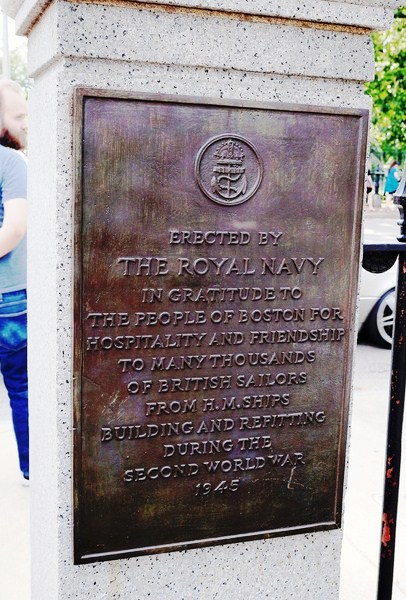
Royal Navy Plaque, installed on the western entrance to Boston Common, bordering the Public Garden, is a token of gratitude from the Royal Navy to the people of Boston, for their hospitality during World War II.
The Parkman Bandstand, in the eastern part of the park, is used in musical and theatrical productions, concerts, rallies, and speeches. Recent notable gatherings include the Boston Freedom Rally and a 2007 Presidential Primary rally in which both Barack Obama and Deval Patrick gave speeches from the bandstand. It was built in 1912 from a design by Derby, Robinson & Shephard at a cost of $1 million on the site of the Cow Pond (also known as the Horse Pond). It was restored in 1996.
Boston Common: 139 Tremont St, Boston, Massachusetts 02111.

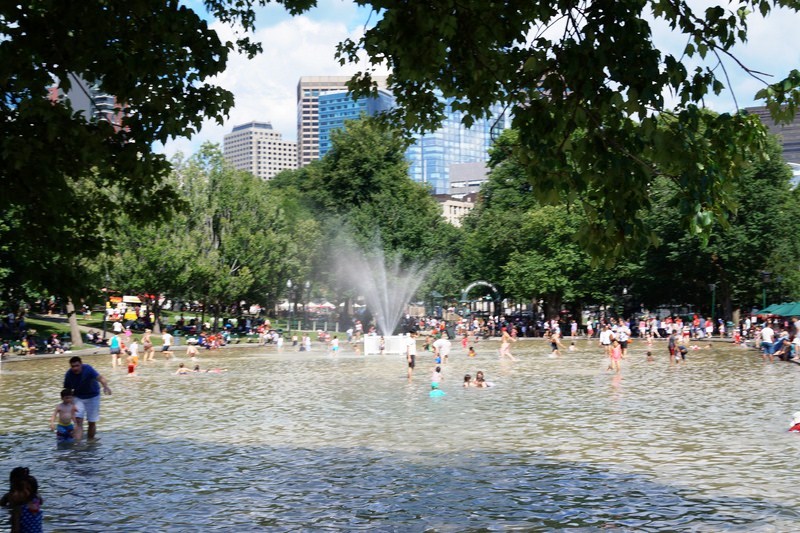

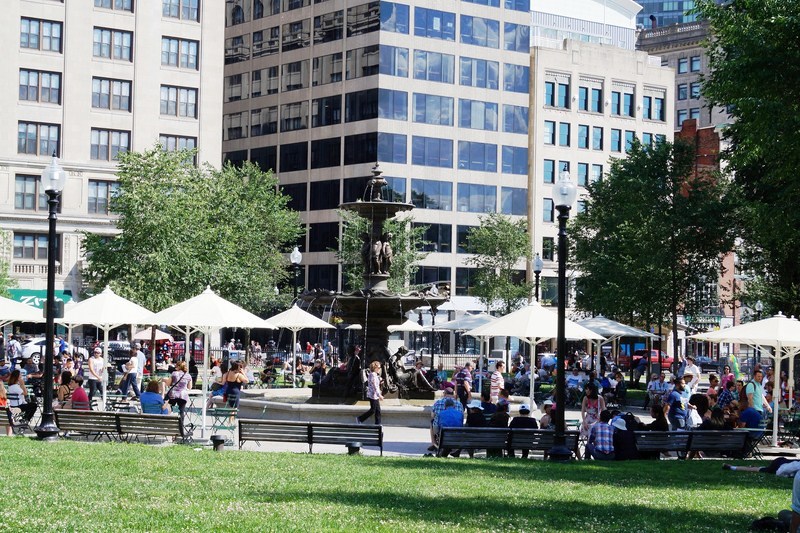
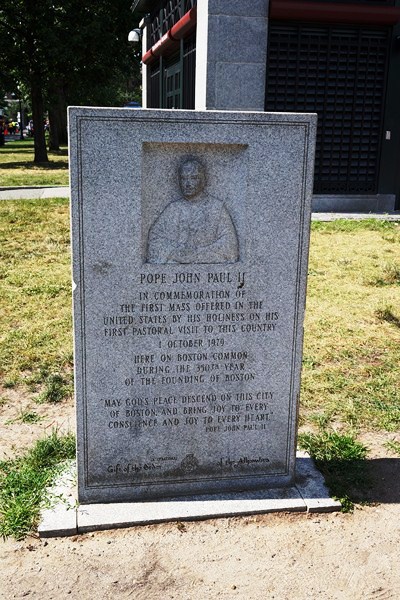
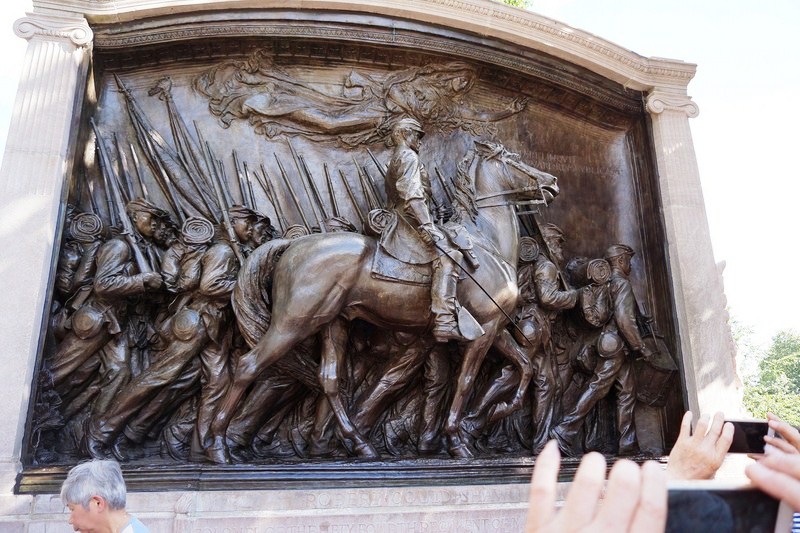
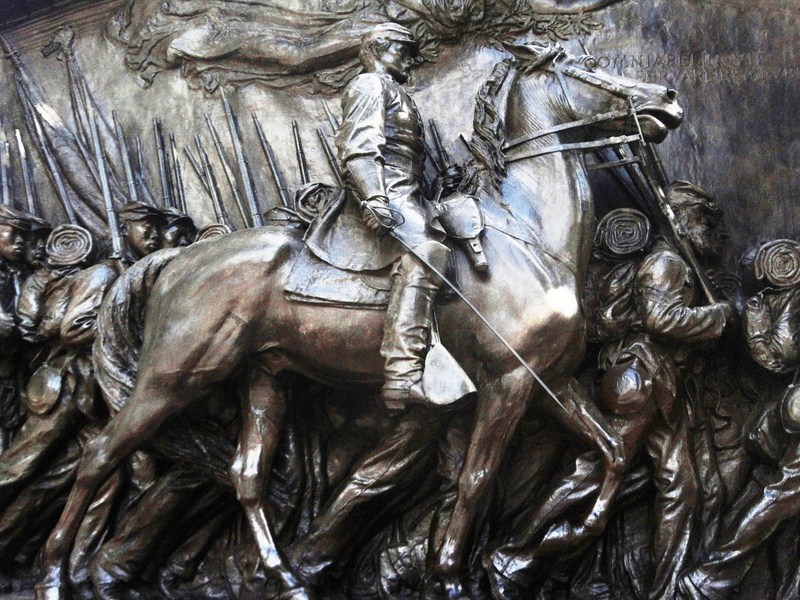
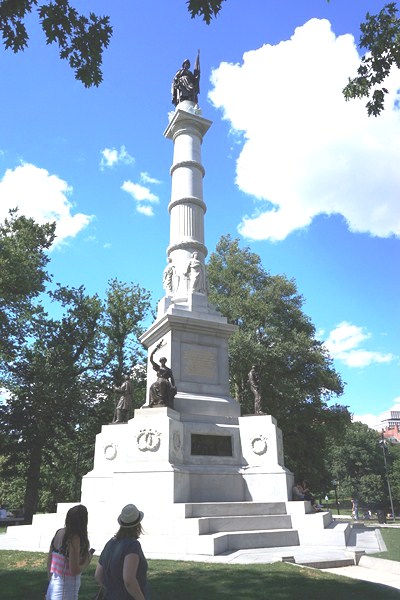
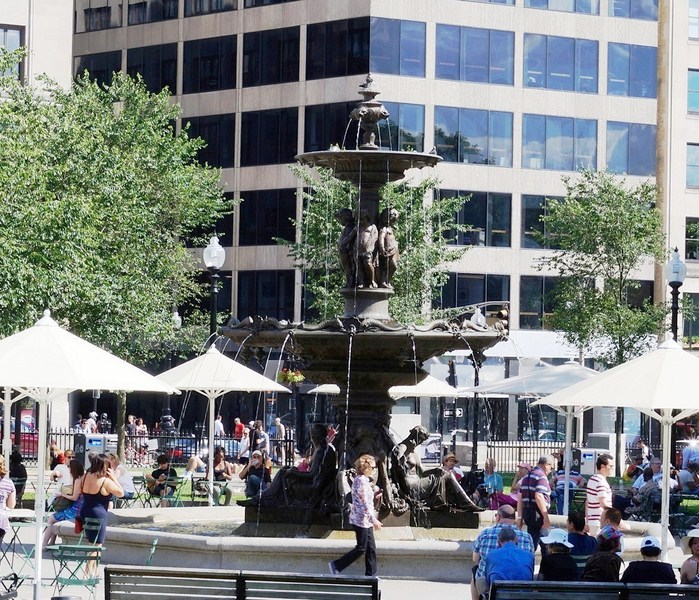
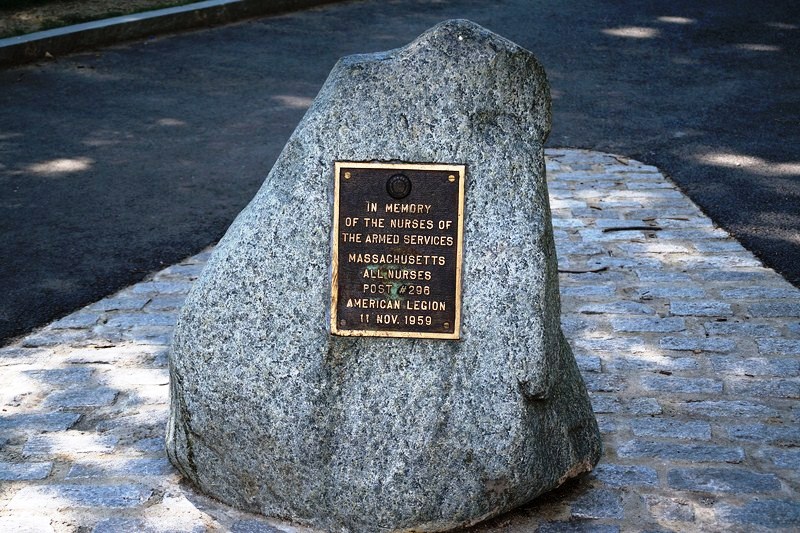
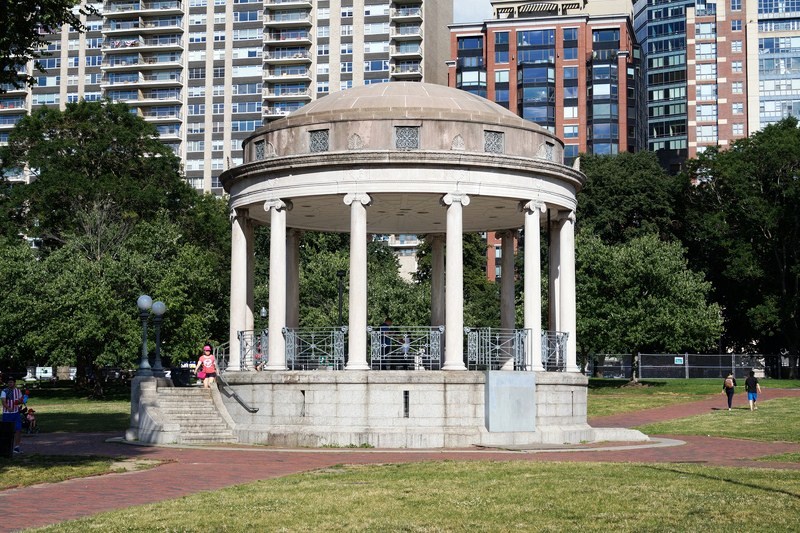
With havin so much written content do you ever run into any issues of plagorism or copyright violation? My website has a lot of unique content I’ve either created myself or outsourced but it appears a lot of it is popping it up all over the web without my authorization. Do you know any methods to help prevent content from being ripped off? I’d really appreciate it.